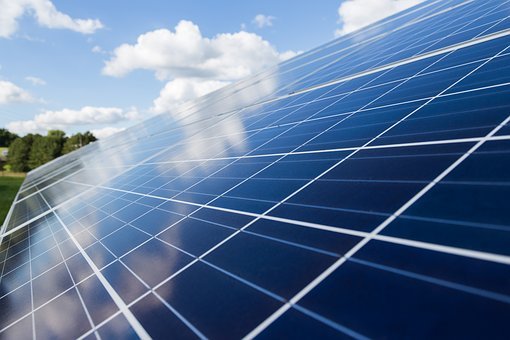
Solar installation sounds like a great idea. However, diving deep into something you barely know isn't advisable. We highly recommend asking your solar installation professionals the following questions to make sure you're making the best roofing and energy-saving decision possible.
Solar panel installations can take a week or a month of installations depending on the roof's coverage and solar panel sensitivities. Thankfully, entrusting your work with Roper Roofing guarantees you get the best solar panels with fast installation.
It depends on your solar panel's material and handling requirements. You'll need to invest in solar installation-experienced roofers, such as Roper Roofing and Solar. While they might eat up much more than your intended budget, you get high-quality project results.
Solar panel installation teams with in-depth experience can do one thing at a time. However, it doesn't mean you can't get them to do both in the same project. After the solar installation team readies your roof, they can proceed with the installation.
Manufacturers always work with high-quality installation teams because they've trained them in the best methods to install solar panels. With minimized risk, manufacturer-certified installation teams ensure you experience lifetime warranties on your solar panels plus added 1-2-year labor warranties.
Experience is a teacher with lessons about adaptability and problem-solving. Solar panel installation teams with decades of in-depth experience ensure that your projects are always in good hands.
Off The Grid has some interesting question snippets about solar technologies to ask your installation team, too. Read about them here.
It sure can. Radiant heating systems are a variation on the solar thermal set-ups just described: solar collector pipes are used to heat a renewable supply of water, which is then pumped through a network of plastic tubes running below the floor of a home, facilitating the transfer of heat into the rooms above. Solar radiant heating systems of this sort are probably not great choices for climates where temperatures stay well below freezing for the majority of the time during the winter (except as a supplement perhaps), but a well-designed system can function up to 40 percent more efficiently than the typical forced air set-up, making it a good “bang for the buck” investment for those residing in milder climates.
Building integrated photovoltaics are actually built right into the structure of a home, merging with and replacing regular construction materials and features. Windows, roof shingles, and glass walls can all be constructed with power-generating solar cells fully integrated with the supporting structural materials, cutting out the middleman and bringing solar energy generation to a whole new level of streamlined efficiency. Unfortunately, this technology is still largely in its nascent stages, and at the present time it is probably too expensive to be a practical option for most off-the-gridders. (BIPVs only have about a 1 percent market share as of now, and until greater economies of scale are attained, costs are not likely to come down significantly.)
One square foot of a solar photovoltaic panel will generally yield about 10 watts of electrical power. This mathematical rule of thumb means that a solar photovoltaic system with a generating capacity of 1 kilowatt (1000 watts) would need 100 square feet of roof or ground space to hold its constituent panels. Since most solar energy systems designed to meet all or most of a home’s energy needs will fall somewhere in the 3-to-6 kilowatt range, in most instances 300 to 600 square feet of available space will be required before an array of photovoltaic panels can be installed.
Regardless of whether an array of solar panels are to be installed on the roof or on the ground, it is important that they be kept in the sunlight at all times. If only one bottom row of a solar panel is in the shade it can reduce the efficiency of that panel by up to 80 percent, so any space chosen will need to be obstacle- and tree-free around its perimeter. (Continued)
If you have yet to find a reliable solar installation team in Littleton, CO with in-depth roofing experience, Roper Roofing & Solar is a team you can count on. Contact us today to learn more about everything that we can do for you.